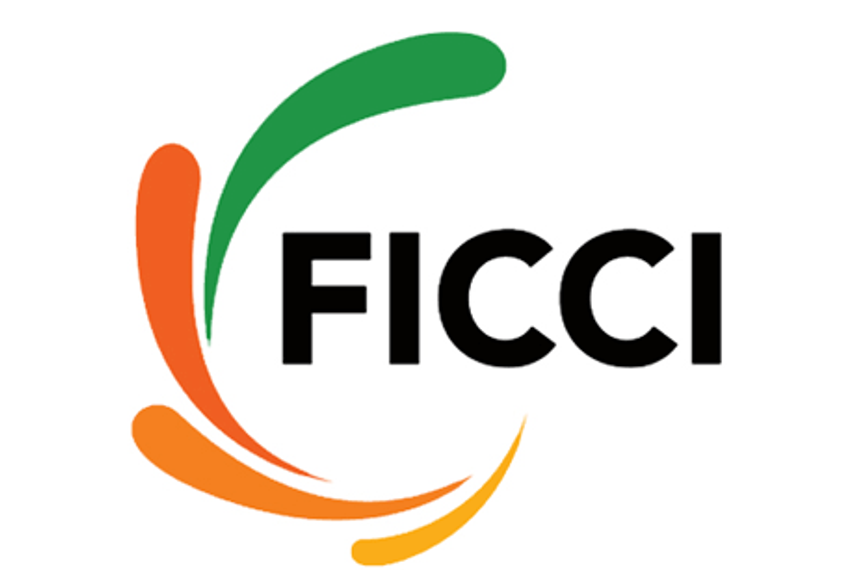
Anupriya Acharya, group CEO, ZenithOptimedia (ZO), kickstarted a session titled ‘The future of Indian Radio and Monetisation Opportunities' on day two of FICCI Frames 2014 with an observation that radio is a bigger influencer in India than it is elsewhere. The session was anchored by RBNL’s Tarun Katial.
Quoting ZO’s RoI tracker, she said, "Radio is a low influencer globally, but in India it is a lot more. The explosion of choices is a lot more and the relevance of radio versus other touchpoints is increasing.”
Acharya outlined some considerations when it came to evaluating radio. What worked in the medium’s favour, she said, was that it was a great background entertainment media, establishes a strong bond with the listener, has a great local connect and flow, low advertising avoidance and multi-media impact.
The speaker noted that rise of regional channels and rise of tier two and tier three cities could make radio better. “The fact that its reach is increasing and it's almost always listened to in a personal space works for the medium,” explained the ZO India head.
Move to digital
Alexander Zink, vice chairman, Digital Radio, Mondiale, was the next speaker. He spoke of the importance of moving from analog to digital. He explained, "Digital provides the same ease of use, but is a totally new feeling and way of consuming radio. The benefits of moving to digital radio are immense. There's a tremendous saving of energy. For broadcasters it's the aspect of convenience. Today, they have to advertise the frequency along with the brand name and that isn't convenient. For digital, frequency isn't important because you just have to pick names. The next aspect is that there are more features. The youth are known to internet media and digital radio will give text information, images of the album cover and pictures of weather updates. Advertisements can be more location-specific as you can get into specific areas of a city to have different advertisements."
Radio not just about FM waves
Providing a holistic perspective on the radio sector was Yogendra Pal, advisor to the Ministry of Information and Broadcasting, Government of India, and former Additional DG, All India Radio and Doordarshan.
"When we talk about radio today, most think it's only FM. But private FM is about 30 per cent of radio and adding AIR, it reaches 40 to 45 per cent. Most of the communication is on short wave or medium wave media where the quality is lacking. With digital, users will get surround sound. At AIR, we had problems in sound quality in 2006-‘07 and thought we should move to digital. Eight transmitters are already digitised while by 2016 or 2017, all will be digitised," he said.
He added, "Digital receivers will be required for this. It's a great market to be in and the industry is working on it. Digital radio can be bought for cars and homes and can run on mobiles."
Asked about the price point and whether people would be ready to buy digital receivers, Pal compared it to mobile phones, and said, "It will come at a price. But once the volume starts increasing, the price will start decreasing. When mobile phones were introduced in India people bought phones for about Rs 40,000. Now, people get those handsets at almost Rs 1,000. So I see the same trend here."
‘Marketers worried about RoI’
Prasun Kumar, head, brand and marketing, RCom, voiced concern about the RoI from radio. He said, "Radio can have conversations like social media. I heard of so much technology-related stuff for radio in this session, but I know that it's consumed in multiple ways. It's consumed in cars, home and on a mobile - all in different ways. There is a demand for it for sure."
Kumar referred to how radio helped create demand for an iPhone bundled offer with RCom. He explained, "Apple didn't want us to use radio and I was intrigued by that. In Western markets it may be different, but here we thought that radio will do well. It did deliver and we got a 1,00,000 leads from radio itself."
Acharya spoke about the advertising opportunity radio provides. "With so much competition, one needs to move away from only having a 30-seconder TVC. That's where radio plays a role. Every radio station has its local lingo and the RJs talk in a certain way. That could be used to promote the brand.”
Role of measurement
Kumar brought up the role of radio measurement. "It's a marketer’s dream to have transparent data because you need it for RoI. A lot of marketers are hesitant to invest in radio because of the lack of measurement. Something needs to be done here, because that will attract advertising," he said.


.jpg&h=334&w=500&q=100&v=20250320&c=1)
.jpg&h=334&w=500&q=100&v=20250320&c=1)

.jpg&h=334&w=500&q=100&v=20250320&c=1)


.jpg&h=334&w=500&q=100&v=20250320&c=1)


.jpg&h=334&w=500&q=100&v=20250320&c=1)
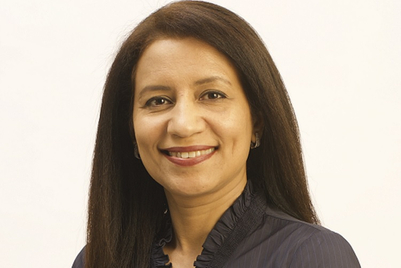
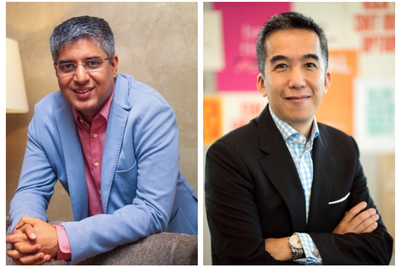
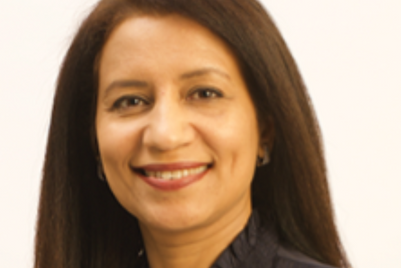
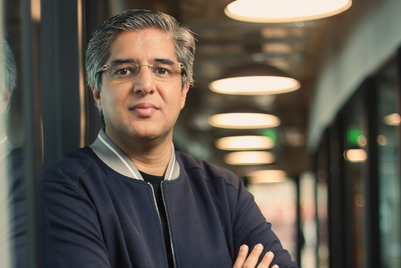
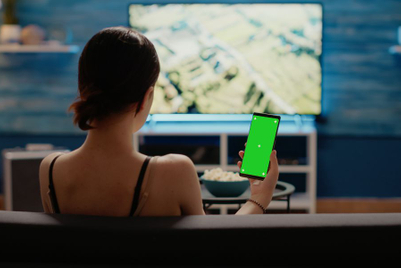
.jpg&h=268&w=401&q=100&v=20250320&c=1)


